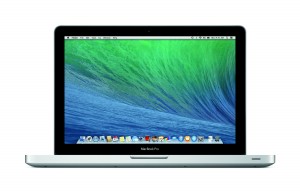Apple AirDrop has a compatibility mode to cater to older Macs
Article 
AirDrop Not Working? Use Compatibility Mode for New Mac to Old Mac AirDrop Support | OS X Daily
My Comments
You have two Macintosh computers with one running an older version of MacOS X. Then you want to try that AirDrop file-transfer lark that Apple encourages for its platforms.
Here you may find that your Macs can’t “see” each other on AirDrop. What can you do?
You may have to run AirDrop on the newer Mac in a “compatibility mode” that allows it to behave properly for older interations of Apple’s file-transfer utility.
- To do this, you have to open a Finder window on the Macintosh running the latest OS X version.
- Then you choose AirDrop on that same Mac and make an attempt to discover older Macs that are enabled and “exposed” for AirDrop. A quicker way in would be to press Shift+Command+R together to start your AirDrop session.
- The result will be that AirDrop will show up Macs and iOS devices running suitable versions of their operating systems and open for discovery. If you don’t see the Mac you are looking for – the one which is running an older operating system, click the “Don’t see what you are looking for” text. This will pop up a dialog box with an option to “Search for an older Mac”.
- Clicking this will place your Mac in to “compatibility mode” which allows it to discover older iterations of AirDrop. Here, you wait a moment and your newer Mac will show up the Macs running the older operating system as an AirDrop target (destination). Then you begin your file transfer.
If you intend to transfer files between newer Macs or iOS devices, you need to disable compatibility mode. Here, if you are performing a subsequent AirDrop file-transfer and your Mac says that it is looking for older Macs, you just click “Cancel” then look for targets that are based on the new OS X or iOS operating systems.
I would recommend using the Compatibility mode if you are in doubt about the version of OS X the Mac you want to transfer files to or from to is running and you are not sending or receiving files from an iPhone or iPad.
